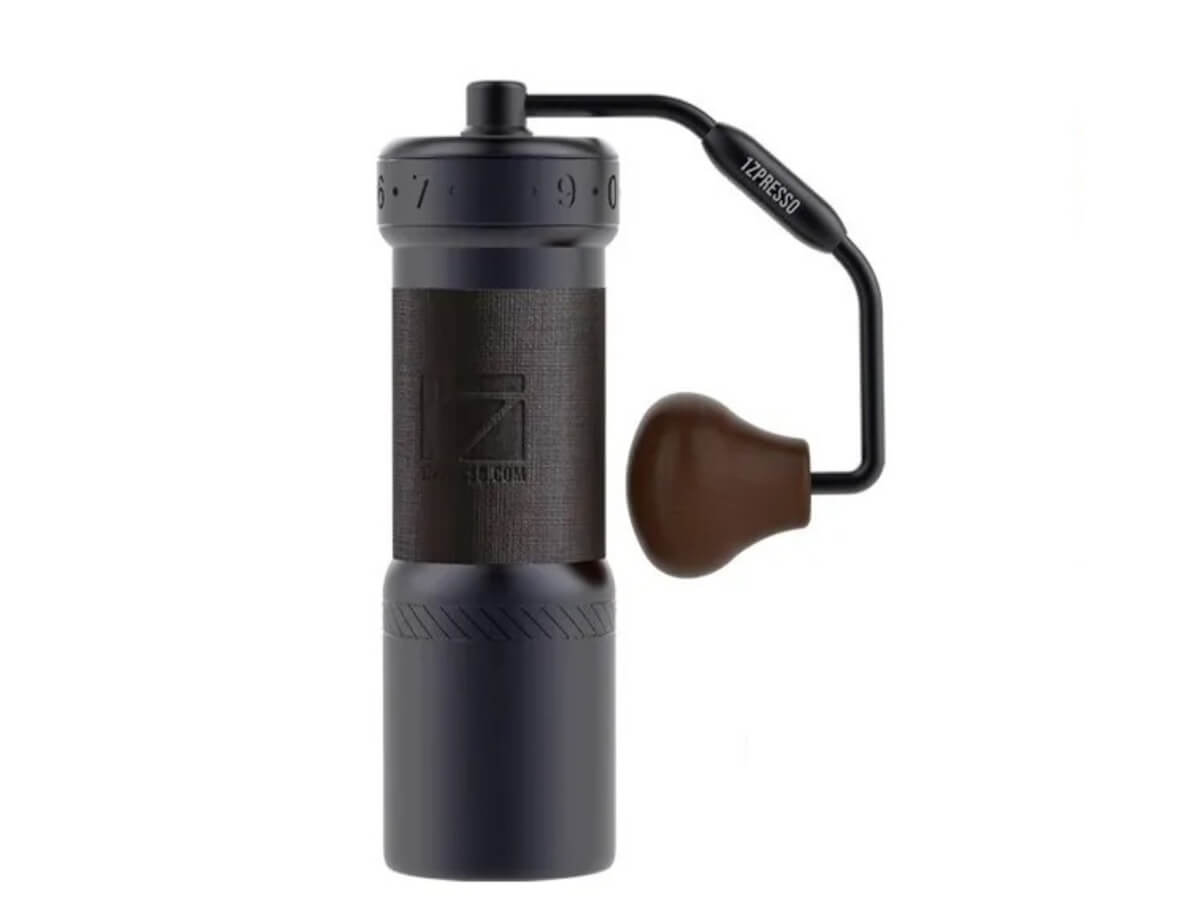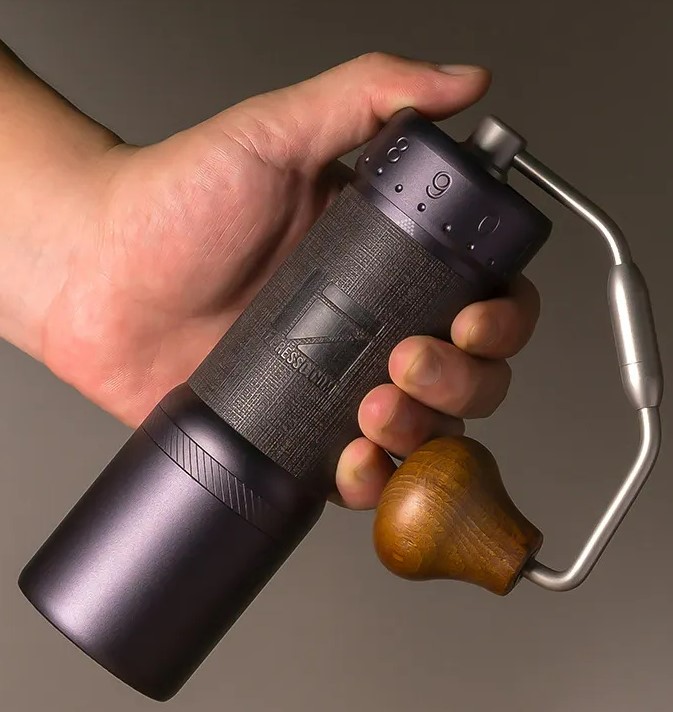Master the Art of Grinding Coffee Beans: A Guide to Coffee Grinders
For coffee fanatics, the process of grinding coffee beans is more than just a regular task; it is an art kind that can greatly influence the flavor and high quality of the last mixture. Recognizing the subtleties of different grinder kinds, picking the appropriate work size, and using the right strategies are important steps in the direction of attaining that best mug of coffee.
Sorts Of Coffee Grinders
There are 3 key kinds of coffee mills generally utilized by coffee fanatics: blade grinders, burr grinders, and hands-on mills. Blade mills are the many basic type, using a straightforward blade to chop the coffee beans. While they are inexpensive and easy to use, they typically cause unequal coffee premises as a result of irregular grinding. Burr grinders, on the other hand, supply more precision by crushing the beans in between a moving grinding wheel and a non-moving surface area. This causes a consistent grind size, which is essential for a constant coffee taste. Burr grinders come in both level and conelike forms, each offering slightly different grinding attributes.
Hand-operated grinders, as the name suggests, require hands-on initiative to grind the coffee beans. They are often liked by those who delight in the procedure of hand brewing coffee or for those who value portability. Hands-on mills can vary in layout, from basic portable versions to extra complex countertop versions. While they might require even more initiative, hands-on grinders provide control over the grinding process, permitting users to readjust the grind dimension to their preference. Each kind of coffee mill has its advantages and perfect usage situations, satisfying the diverse choices of coffee lovers.

Selecting the Right Grind Dimension
With an understanding of the various sorts of coffee grinders, the following critical action in accomplishing the perfect cup of coffee is selecting the right work dimension. The grind size plays a substantial role in figuring out the flavor account of your coffee (1Zpresso J-Max). Various developing approaches need certain work sizes to enhance the removal of tastes from the coffee premises
For a crude work, ideal for French press and cold brew methods, the coffee beans ought to look like breadcrumbs, providing a durable and strong taste. Medium-coarse grinds, appropriate for Chemex or Clever Dripper, have a texture similar to coarse sand, supplying a balanced preference.
Tool grinds, frequently made use of in drip coffee machine, have an uniformity appearing like regular sand, resulting in an all-around taste. Fine grinds, finest for coffee machines, belong to common salt, producing an abundant and extreme taste. Extra-fine grinds, made use of in Turkish coffee, are as fine as powdered sugar and create a solid and powerful brew.
Grinding Methods for Ideal Flavor
To extract the max potential of flavor from your coffee beans, understanding proper grinding methods is important. Uniformity is vital when it pertains to grinding coffee beans for optimal taste. Ensuring that the coffee beans are ground equally is crucial to accomplish a balanced removal during the brewing his response process. One of the basic techniques for improving taste is to adjust the grind size based on the developing approach being utilized. A great grind is perfect for espresso devices, while a crude grind is more suitable for French press developing. Additionally, the grinding time plays a significant duty in taste removal. Over-grinding can result in a bitter taste, while under-grinding might result in a sour flavor. It is recommended to experiment with various grind sizes and brewing times to find the additional resources perfect balance that fits your taste choices. By paying attention to these grinding strategies, you can raise the flavor account of your coffee and delight in an extra rewarding cup every single time.
Maintenance and Cleaning Tips

Change any kind of worn-out components without delay to maintain the high quality of your coffee grind. By complying with these maintenance and cleansing pointers, you can guarantee that your coffee grinder proceeds to supply scrumptious fresh ground coffee for years to come.
Troubleshooting Common Mill Issues


Guaranteeing your coffee grinder works efficiently calls for adept troubleshooting of typical issues that might emerge throughout its use. One typical problem with coffee grinders is inconsistent work dimension. This concern can occur as a result of boring blades, incorrect calibration, or unequal coffee beans. To resolve this, guarantee your grinder's blades are sharp and correctly straightened, adjust the grinder according to the desired work dimension, and drink the mill delicately while in usage to help Full Report achieve a more uniform work.
One more constant issue is grinder clogging. This can take place when oils from the coffee beans build up and block the mill's chute. To settle this, take apart the mill and clean all parts extensively, paying unique focus to the chute and burrs. Furthermore, be mindful of overfilling the receptacle to avoid obstructions.
Lastly, if your grinder is creating extreme noise during procedure, it might suggest a problem with the motor or inner components. In such instances, it is a good idea to seek advice from the maker's guidelines for troubleshooting actions or seek professional help to identify and fix the issue promptly.
Conclusion
To conclude, grasping the art of grinding coffee beans entails recognizing the various kinds of coffee grinders, picking the right grind size, utilizing correct grinding techniques for ideal flavor, and maintaining and cleaning the grinder on a regular basis. By complying with these guidelines and fixing typical grinder problems, coffee enthusiasts can raise their coffee developing experience and enjoy a scrumptious cup of coffee every time.
Comments on “Coffee Aficionado's Option: Delight in the Quality of 1Zpresso J-Max”